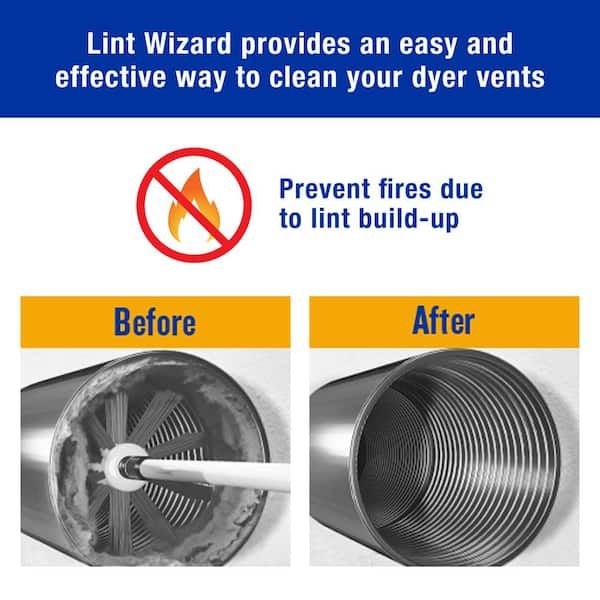Smart Ways to Lay Carpet: Achieve a Perfect Finish in 2025!

Smart Ways to Lay Carpet: Achieve a Perfect Finish in 2025!
Installing carpet can significantly transform the appearance of any room, providing warmth, comfort, and aesthetic appeal. Whether you're embarking on a DIY project or hiring a professional, understanding the intricacies of carpet installation is essential for achieving a perfect finish. In this comprehensive carpet installation guide, we will explore the best practices, tools required, and techniques that ensure your carpet lays flawlessly.
Carpet not only enhances the visual appeal of your home but also serves functional purposes, such as soundproofing and comfort underfoot. Moreover, properly laid carpet can last for years when maintained appropriately. This article will outline the necessary preparations, tools for laying carpet, and crucial techniques, leading to a successful installation. We aim to help you navigate the complexities of preparing subfloors for carpet, measuring accurately, and finishing seams, alongside providing tips to avoid common carpet installation mistakes.
Key takeaways include insights on choosing the right carpet style, understanding the importance of carpet padding, and methods for ensuring a secure and seamless fit. Let’s delve into our smart ways to lay carpet for a stunning outcome!
Preparation: Essential Steps Before Installation
To kickstart the carpet installation process, adequate preparation is vital. Without proper groundwork, even the highest quality carpet may not yield satisfactory results. This section will guide you through the necessary steps to prepare effectively.
Preparing Your Subfloor for Carpet
Your subfloor must be clean, dry, and structurally sound before any carpet material touches it. Begin by removing any old flooring, including carpet remnants and padding. Inspect the subfloor for damage and make necessary repairs to create a stable surface. In many homes, plywood or a concrete base serves as the subfloor, each requiring tailored preparation methods. For concrete, ensure moisture levels are acceptable to prevent future mold issues. Additionally, leveling compound can be applied to fill any inconsistencies.
Measuring for Carpet Installation
Accurate measurements are crucial for avoiding excess waste and ensuring a snug fit. To measure your space correctly, first, sketch a layout of the room. For rectangular areas, measure the length and width and multiply these numbers to determine your square footage. For irregular rooms, capture the measurements of each segment and sum them up for the total area. Remember to account for doorways, insets, and other obstacles. It is advisable to measure twice to eliminate mistakes and ensure you order the right amounts.
Choosing the Right Carpet Padding
Before laying the carpet, choosing the right underlay or padding is equally important. Carpet padding serves as a cushion between the carpet and subfloor, enhancing comfort and prolonging the carpet’s lifespan. Densities and thicknesses of carpet padding vary, choosing one that fits your carpet type and flooring is essential. The correct padding helps to absorb impact and reduces wear on the carpet fibers, ensuring long-term durability.
With these foundational aspects in place, we can now transition smoothly into discussing the tools required for laying carpet.
Tools for Laying Carpet: What You Need
Having the right tools at your disposal is critical to the success of your carpet installation project. The following tools should be on hand before starting your carpet fitting process.
Key Carpet Installation Tools
Different tools serve crucial purposes during installation. A carpet cutter allows for precise slitting and trimming of carpet edges; a knee kicker helps to stretch the carpet tightly into place, ensuring there are no unwanted wrinkles. Additionally, tacks, staples, and adhesive offer various methods of securing carpet in position. It's advisable to rent specialized tools, like a carpet stretcher, if you don't plan on frequent installations.
Measuring and Cutting Tools
To measure accurately, invest in measuring tapes and straight edges. These ensure precise cuts and levels throughout the installation process. When it comes to cutting, a carpet knife or utility knife will efficiently manage the tasks. Using a straight edge as a guide during cutting can enhance precision, creating clean edges that align perfectly with the walls.
Safety Gear and Carpet Installation Preparation
Safety is paramount during carpet installation. Wearing knee pads protects your knees while working on hard surfaces, and gloves can prevent cuts. Proper ventilation is necessary when using adhesives or any chemical-based products to promote air circulation, reducing the potential for inhalation hazards.

Now that we've covered the tools necessary to begin our project, let's dive deeper into the installation techniques to secure your carpet!
Effective Carpet Fitting Techniques for a Flawless Finish
Proper carpet fitting techniques play an essential role in achieving a professional-looking finish at home. Understanding these practices will help novices and seasoned DIYers alike navigate the installation process efficiently.
Installing Carpet in Corners and Doorways
One of the crucial challenges of carpet installation is handling corners and doorways. Begin by fitting the carpet along the longest wall, ensuring it fits snugly into corners without excessive overlapping. A gentle crease or fold at corners may be necessary to achieve a neat finish. When approaching doorways, trim the carpet to ensure a clean edge that fits perfectly. Using carpet tape can also assist in ensuring these edges remain secure.
Stretching Carpet Properly
Stretching is a vital aspect of carpet installation that minimizes wrinkles and ensures a smooth, even surface. Use a carpet stretcher to engage the carpet fully—this tool drastically reduces the potential for future gapping. Work along the length of the room, making sure to stretch towards the walls, and securing it firmly in place. Once stretched, trim the excess at the edges to ensure a tidy appearance without overlaps.
Carpet Edges Trimming and Seam Finishing
After stretching, the next step is to trim the carpet edges neatly. Using a utility knife, cut along the baseboard or wall, taking care to maintain straight lines. Ensure you leave enough carpet to wrap around the corners if necessary. Seams need to be carefully finished to create a seamless look—using a seam tape and a seaming iron can help join two pieces together invisibly. Expert installers often employ heat for a durable bond.
Addressing Common Carpet Installation Mistakes
Every installation process has its pitfalls, and being aware of common mistakes can save time and frustration. This section will highlight frequent errors and how to avoid them.
Top Carpet Installation Mistakes to Avoid
One major mistake is improper measurement which leads to wasting carpet material. To avoid this, always measure twice before ordering your carpet. Another common issue is neglecting to allow for expansion of carpets near walls or doorways. Not accounting for this may lead to buckling later on, which can be costly to repair. Furthermore, ensuring proper acclimatization of carpet material prior to installation can prevent future warping.
Environmental Considerations and Carpet Selection
Choosing eco-friendly carpet options can positively affect not only your indoor air quality but also the environmental footprint of your home. Understanding the different carpet fibers available enables you to make informed decisions based on durability, maintenance, and aesthetics. Researching sustainable options often leads to choosing carpets made of natural materials or recycled fibers, which significantly enhances your home's sustainability.

Final Touches and Carpet Maintenance Tips
Once the carpet is laid, proper maintenance ensures your investment lasts long. Let's discuss some essential final touches and ongoing care for your new carpet.
Installing Carpet Transition Strips
Transition strips are essential when moving from one type of flooring to another. They provide stability and reduce the risk of tripping. Install them at doorways between carpet and hard surface floors, ensuring they fit snugly for a professional finish. Properly securing these strips can also enhance the visual appeal of your flooring.
Carpet Maintenance and Cleaning Methods
Regular carpet maintenance is essential for longevity and appearance. Implement a routine vacuuming schedule to remove dust and dirt. Additionally, regular deep cleaning using appropriate carpet cleaning methods will help preserve fibers and enhance the carpet's look. Spot-cleaning for spills should also be handled promptly to deter stains from setting in.
Understanding Carpet Warranties and Care
Finally, it's crucial to understand your carpet warranty terms and what maintenance procedures can preserve coverage. Many warranties require regular cleaning and care, which aligns with your carpet maintenance schedule. Always retain your purchase and installation receipts to substantiate any claims in the future.
With these smart carpet installation strategies and maintenance tips, you'll create a beautiful, comfortable living environment while prolonging your carpet's life!
Conclusion
In conclusion, laying carpet may seem daunting initially, but with the right preparation, tools, and techniques, anyone can achieve professional results. From preparing your subfloor to maintaining your carpet, each step plays a critical role in your overall success. Empower yourself with knowledge, make informed choices, and enjoy the cozy comfort of your newly installed carpet.
Whether you're opting for a DIY approach or considering hiring carpet professionals, remember that preparation and attention to detail are key components of a seamless carpet installation process. Happy carpeting!